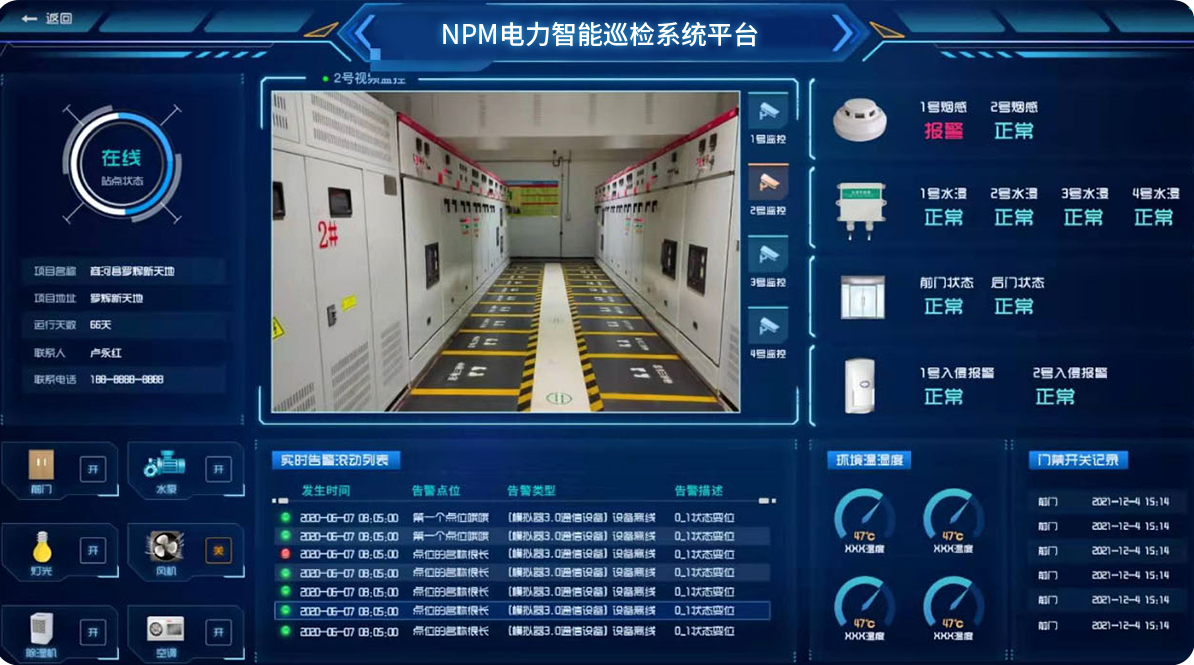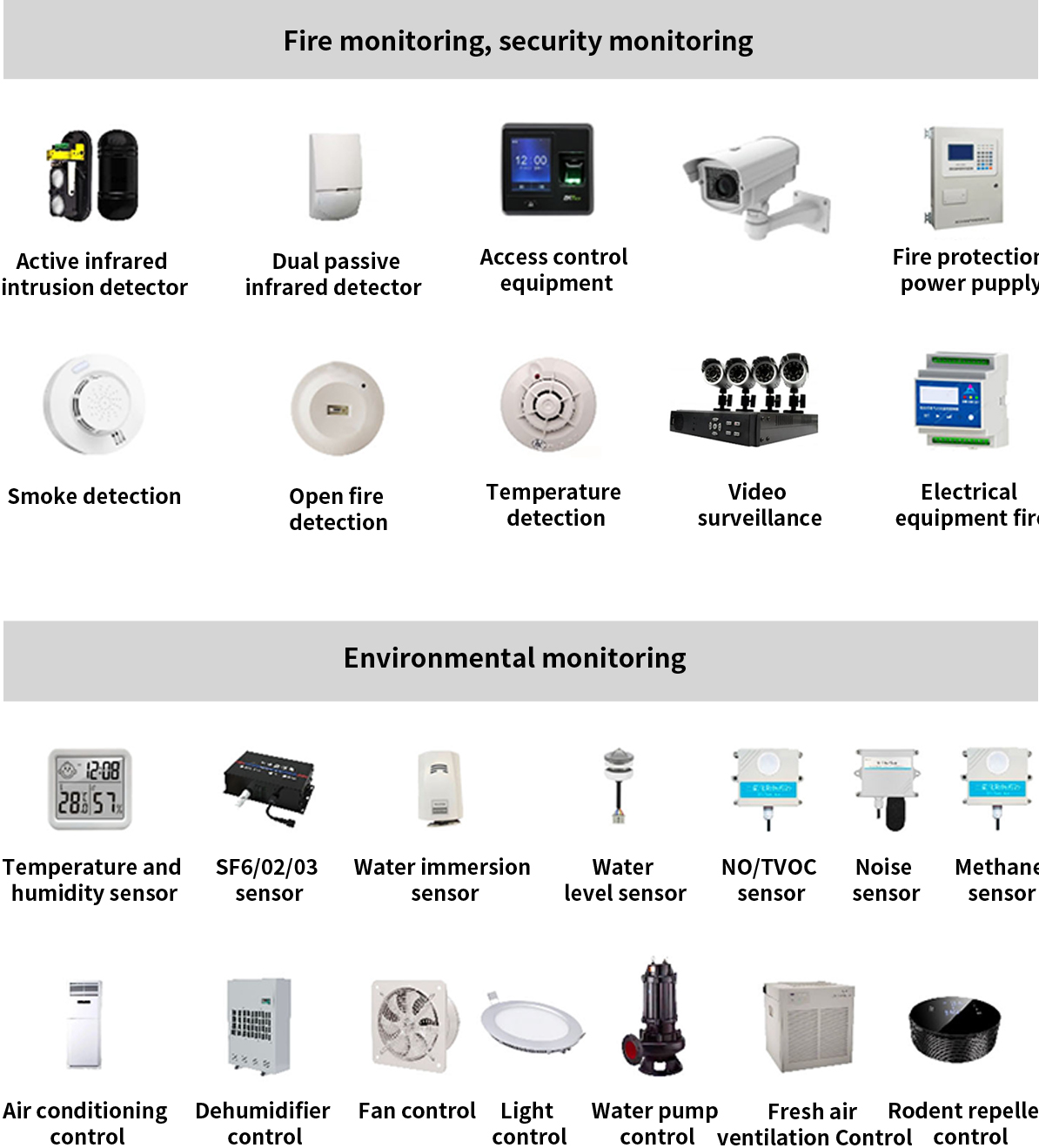NPM3000-N
Energy Consumption
Management System
NPM3000-N Energy Consumption Management System
An energy consumption management system is a system used to monitor and measure various energy consumption, including electricity consumption volume, water consumption volume, gas consumption volume(natural gas or gas volume), heat consumption volume for centralized heating, cooling consumption volume for centralized cooling, etc. The system monitors the power consumption and efficacy parameters of equipment such as voltage, current, frequency, active power, reactive power and power factor in real time. It realizes online monitoring and dynamic analysis of energy consumption in key buildings, increase energy utilization rate, reduce energy costs and reduce carbon emissions to achieve the purpose of energy saving and emission reduction.
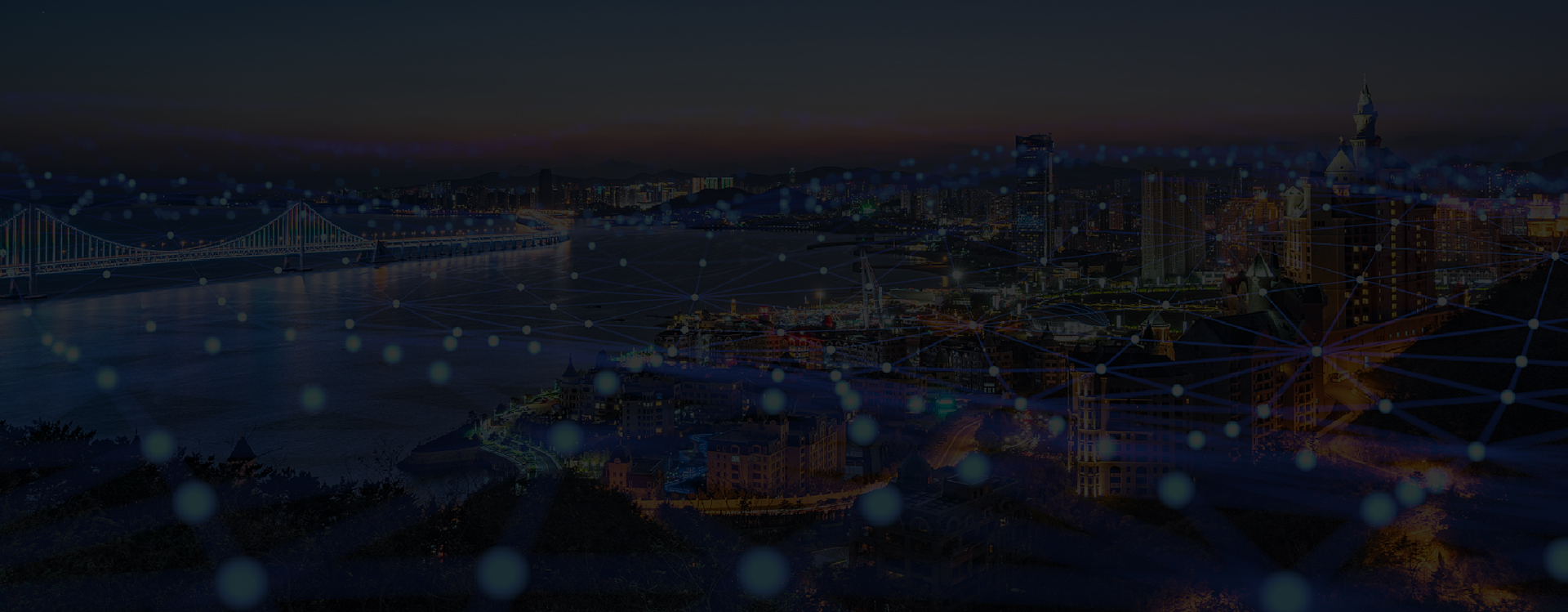
Application layer: the system platform can be composed of single or multiple servers, which carries out real-time data acquisition, data storage, calculation and analysis, and provides services such as real-time monitoring, energy-efficiency management, and energy-consumption analysis.
Network transmission layer: it it is mainly used for signal conversion and data transmission between field equipment and system platform. The communication layer consists of serial port server/communication manager, fiber optic transceiver, network switch and other devices.
Device layer: it is mainly used for the acquisition and control of data and signal status of field power supply and distribution equipment. The equipment layer consists of various types of high-voltage/low-voltage meters, gas meters, water meters, heat meters and other intelligent terminals used in the monitoring system.
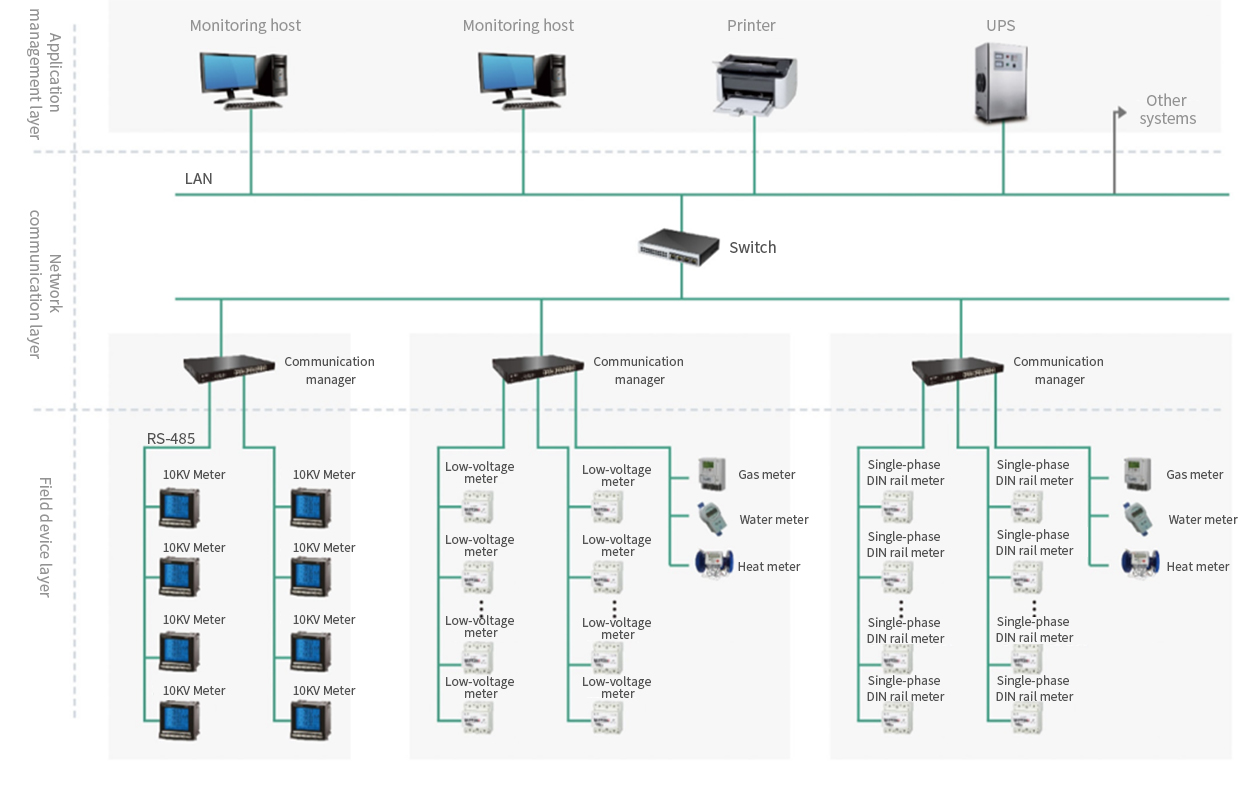
Personalized panel design: customers can design their page of function display so that their personalized needs can be satisfied.
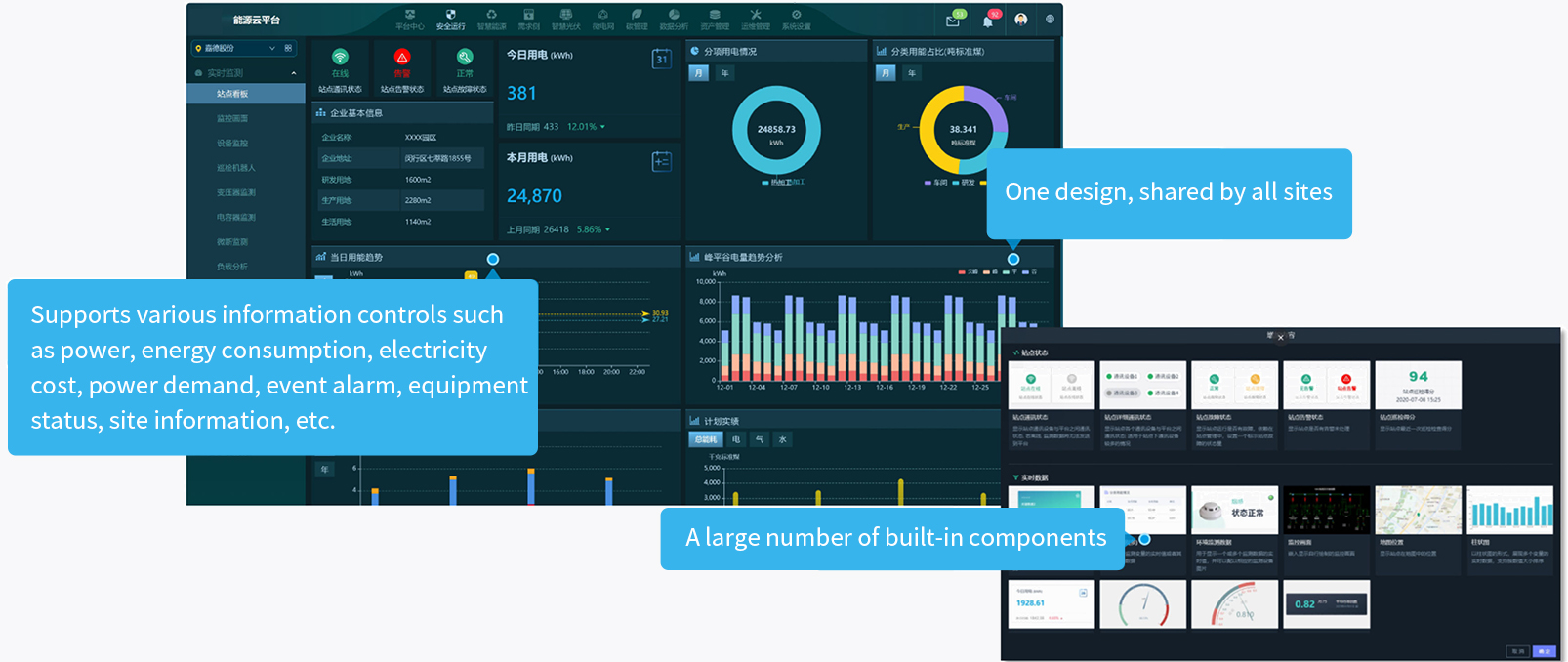
Optional comprehensive environmental testing and pre-alarms of temperature and humidity, smoke detection, water immersion, infrared detection, partial discharge, harmful gases, access control, video and other factors.
